Animation unbinds storytelling from the constricts of live-action. While it is true that computer graphics are improving by leaps and bounds and filmmaking technologies are constantly evolving (though some stunts surprise precisely by not involving CGI) — still, the possibilities of animation as an art form have their own merits, letting creators transcend any budget or reality limitations and convey feelings and meaning through creative visuals, with the help of colors, distortions, proportion exaggerations and show audiences worlds that live-action could never convey.
Update July 30, 2023: This article has been updated with even more great experimental animated films that are worth watching.
Experimental animated cinema is hard to define, as defining it sort of defeats the very purpose of the genre. Experimental filmmaking defies any conventions of traditional narrative and perspective. The one thing that unites experimental animated films is their deep expressiveness, an unapologetic and intimate aesthetic. These films push the boundaries of animation, and their style becomes an influence on major blockbuster animated films like Spider-Man: Across the Spider-Verse and Teenage Mutant Ninja Turtles: Mutant Mayhem. This is the list of the best-animated movies that dared to explore unorthodox approaches, combine different styles, and apply new instruments, resulting in a visceral, transformative movie experience.
10 Paprika (2006)
The last film directed by renowned Japanese artist Satoshi Kon, Paprika is an absolutely brilliant project to close out his career. Sharing some notable similarities to Christopher Nolan’s Inception, Paprika tells a psychedelic story that blends dreams and reality in a chaotic feast for the senses. It follows a young female therapist who, after a machine made to enter people’s dreams is stolen, finds herself in the middle of a world gone berserk.
Equal parts vibrant and foreboding, Paprika hides an incredible amount of artistry in its bouncy visuals and equally-exuberant soundtrack. Produced by the animation studio Madhouse, who previously collaborated with Satoshi Kon on Perfect Blue, it’s an animated film that stretches the medium to its absolute limit.
9 Mad God
A movie more than thirty years in the making, Mad God stirred up the world of animation when it came exclusively to Shudder in 2022. A mostly-solo project by Phil Tippet, the award-winning visual effects artist who had a hand in Star Wars, Jurassic Park, and more, Mad God is a stop-motion horror film that doesn’t have a traditional narrative. Instead, you witness a tall figure known only as “the Assassin” as he descends into a nightmarish world of flesh-eating monsters, industrial machinery, and some of the most sickening stop-motion animation put to screen.
A passion project in every sense of the phrase, Mad God is less of a film and more of an experience. It's a nightmare that twists and turns into a variety of shocking, terrifying, and overall disturbing imagery. It only becomes more of a spectacle when you realize that every little thing on-screen was made exclusively by hand and filmed using traditional techniques.
8 Loving Vincent
Loving Vincent is a film that sells itself with a gimmick. But, said gimmick is absolutely jaw-dropping. Made exclusively with more than 65,000 hand-made oil paintings, Loving Vincent is a tribute to the life of the late painter Vincent van Gogh with visuals that mimic his famous techniques. While the film is primarily about the earless artist himself, it focuses more around the mysterious circumstances of his death from an outside perspective.
It’s easy to say that every frame feels like a painting because they are. Each and every still from this "fully painted" feature is absolutely breathtaking. While it may draw comparisons to rotoscoped films like A Scanner Darkly, the minor imperfections and abstract sequences made with ink-stained brushes makes Loving Vincent stand out among the crowd.
7 Klaus
One of the darkest Christmas movies, Klaus effectively demolished the limitations of traditional animation. It is not an imitation of 2D, the production team actually invented a semi-intuitive tool that somewhat automates hand-drawn techniques, using 3D as a point solution when 2D is especially complicated and time-consuming, for example, for opening doors. In an interview with Polygon, Sergio Pablos, the director of Klaus, said: “The intention was to make this look like a piece of visual development that you would find in an art book for an animated movie, but put it directly onto the screen without getting into the grinder of the usual look”.
6 Waking Life
Waking Life’s main character follows Dante’s journey in Divine Comedy — if it was an acid trip. He goes through an array of companions who give him an Introduction to Philosophy lecture, their conversations touching on identity, postmodernism, chaos, and existentialism. This funky, philosophical, rotoscoping venture into the phantasmagoric dream state leaves viewers exhilarated, confused, and hopelessly entranced.
The Guardian describes it as “a wildly invigorating, unexpectedly thrilling and even moving film and the animation technique, so different from glitzy CGI stuff, couches it in a seductive hyper-reality." Waking Life remains one of the most entrancing and thoughtful movies all time, one which uniquely unites the oneiric connection between the philosophy of dreams and film.
5 Jibaro
Without a doubt, Jibaro, episode nine in the third season of Netflix’s darling anthology Love, Death, and Robots, is one of the most astonishing pieces of animation in recent memory. Jibaro’s director, Alberto Mielgo, is a modern animation trailblazer, who continuously pushes the boundaries of conventional cartoons from the big studios to allow for more experimental artistic expression and innovative techniques. Incredibly stylized, Jibaro resembles rotoscoping works with the flowing movement of its characters and collages with its vivid and veracious panorama; they are, however, keyframe animation, painstakingly crafted after weeks of studying video references. Jibaro is a magnificent mix of 3D models on 2D backgrounds.
4 Fantasia
Perhaps the most personal of Walt Disney’s film, Fantasia still stands as the most extraordinary and artistic feature produced by the mouse studio. Devised as an extension to the short The Sorcerer’s Apprentice, this collection of imaginative vignettes boasts fluid, psychedelic animation, accompanied by instrumental masterpieces. While this was the first major film recorded and released in stereo, it has also built a reputation as a sublime attempt to blend high art with mainstream cartoons. Instantly after its release, Fantasia secured its place as a classic in pop culture, serving as an inspiration for other creatives and a subject of many homages or parodies.
3 Belladonna of Sadness
A landmark of adult animation films, Belladonna of Sadness is remarkably original. This exquisite, darkly sensual anime was a philosophical response to the sexual revolution in Japan, and to these days, remains curiously controversial. Whether it is misogynistic, a product of its times, or a radical feminist fantasy, as per revisionists’ view, its bewitching vigor grasps the audiences. The style of Belladonna of Sadness entirely depends on the pace of its narration. Depicting the hopeless viscosity of the protagonist’s impending downfall, the pacing is static, almost like a slideshow. When events begin to develop faster, the images begin moving, losing their watercolor tenderness.
2 Fantastic Planet
Fantastic Planet is recognized for being one of the most important animated movies for adults. This eerily mesmerizing concoction is best described by Time Out: “Take the big’uns-versus-little’uns conflict from Gulliver’s Travels, sprinkle with the Blue Meanies from Yellow Submarine, add a political allegory as forceful as Orwell’s 1984 and you’re beginning to grasp this unique combination of Gallic creativity and Czech production expertise.” There is some socio-cultural commentary, its erratic sci-fi political conflict rivaling the best revolutions on film, but the film’s biggest strength is its distinctly alien visuals. Fantastic Planet’s vision is stylishly grotesque, amplified by the cutout stop-motion technique, so weird it became timeless.
1 It’s Such a Beautiful Day
It’s Such a Beautiful Day is a triptych of short vignettes from the ingenious Don Hertzfeldt that explore themes of depression and mortality through the complex ordeal of the existence of allegorically simple animation. The protagonist, Bill, wears a hat. That’s all that we as an audience find out about him: there is nothing to allude to his age, ethnicity, or religion. Bill is the ultimate Everyman and, as Film Inquiry suggests, “a vessel for humankind” that contemplates “humankind’s relationship with a chaotic, indifferent universe”. With exceptional inventiveness and technical finesse, It’s Such a Beautiful Day ponders existential questions and somehow makes viewers intensely empathize with a stick figure. It's a powerful, painful masterpiece.
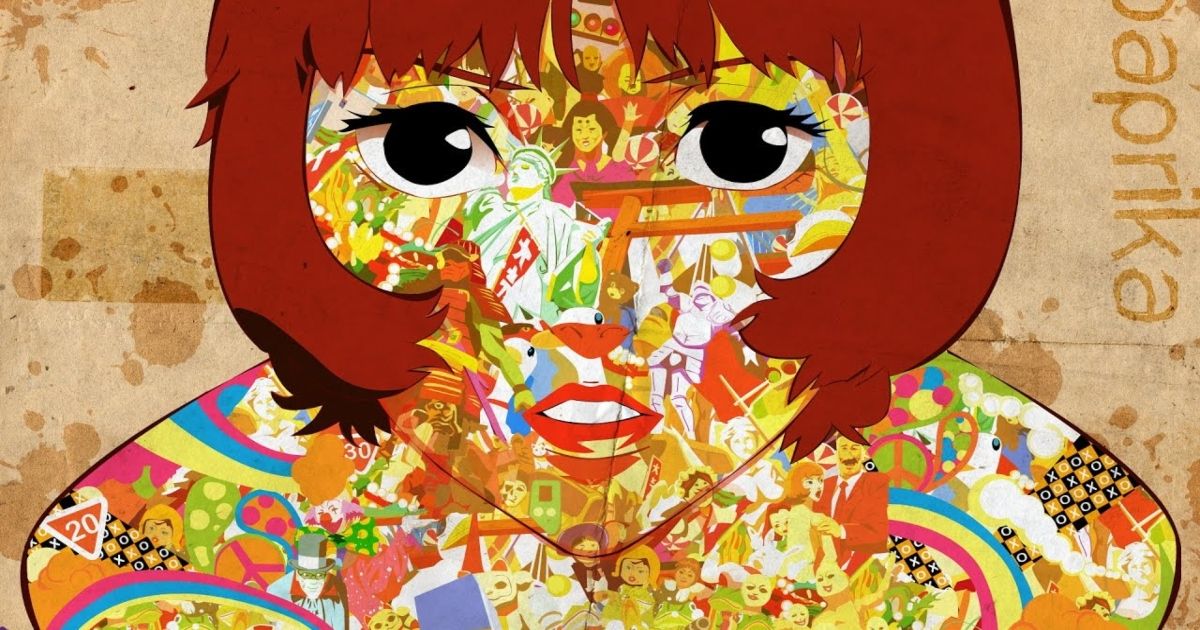

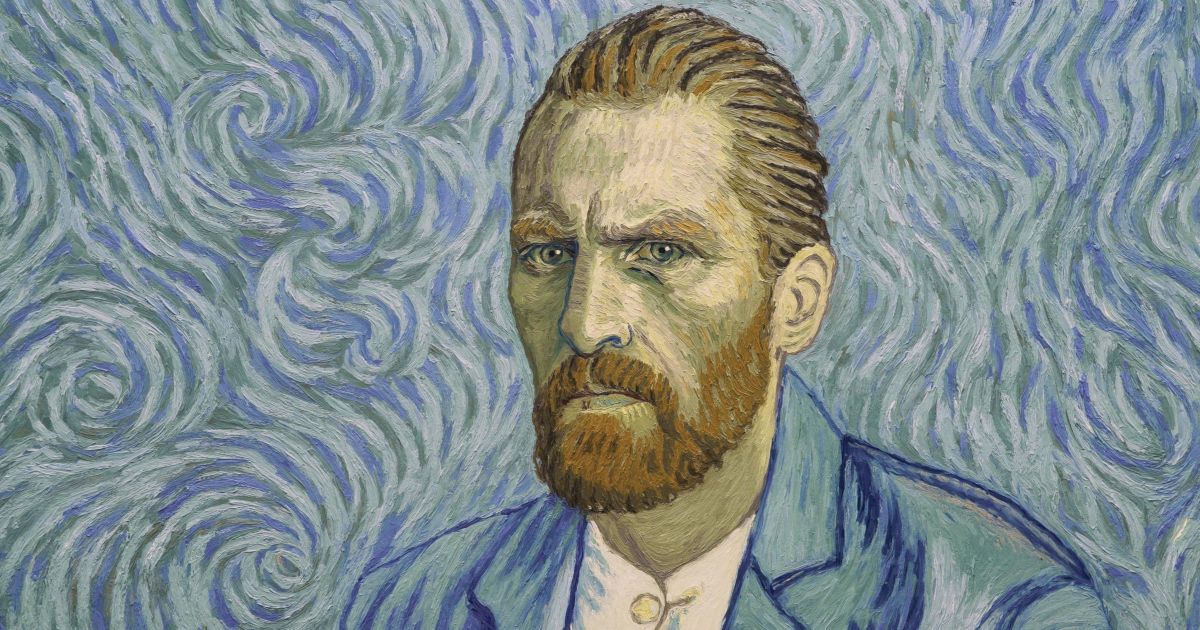
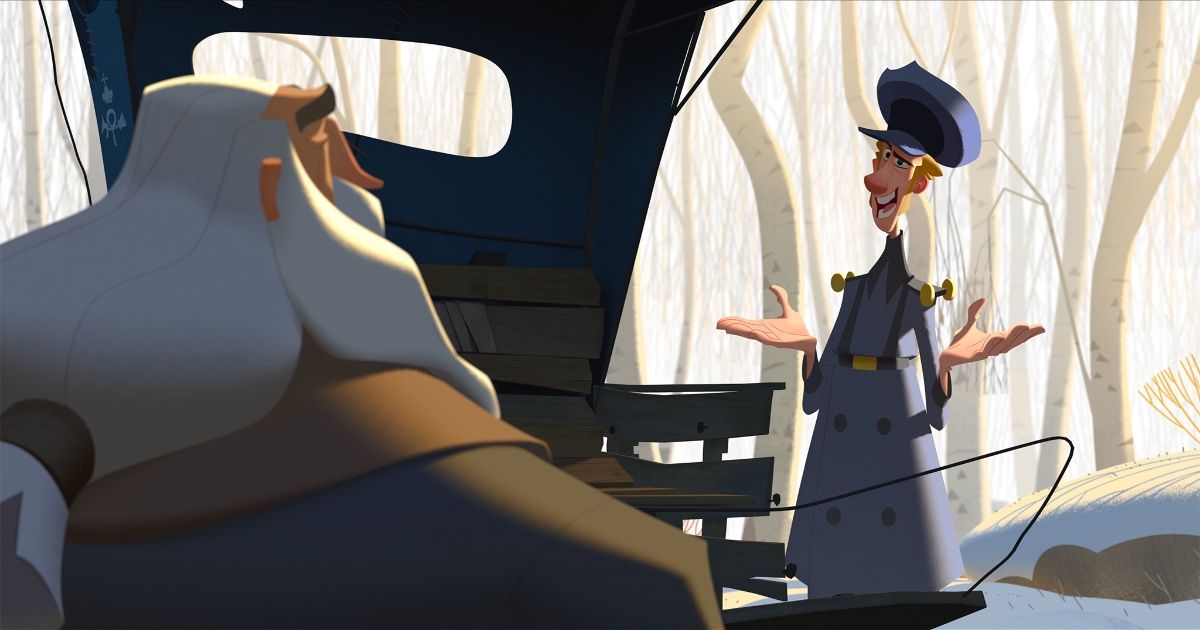

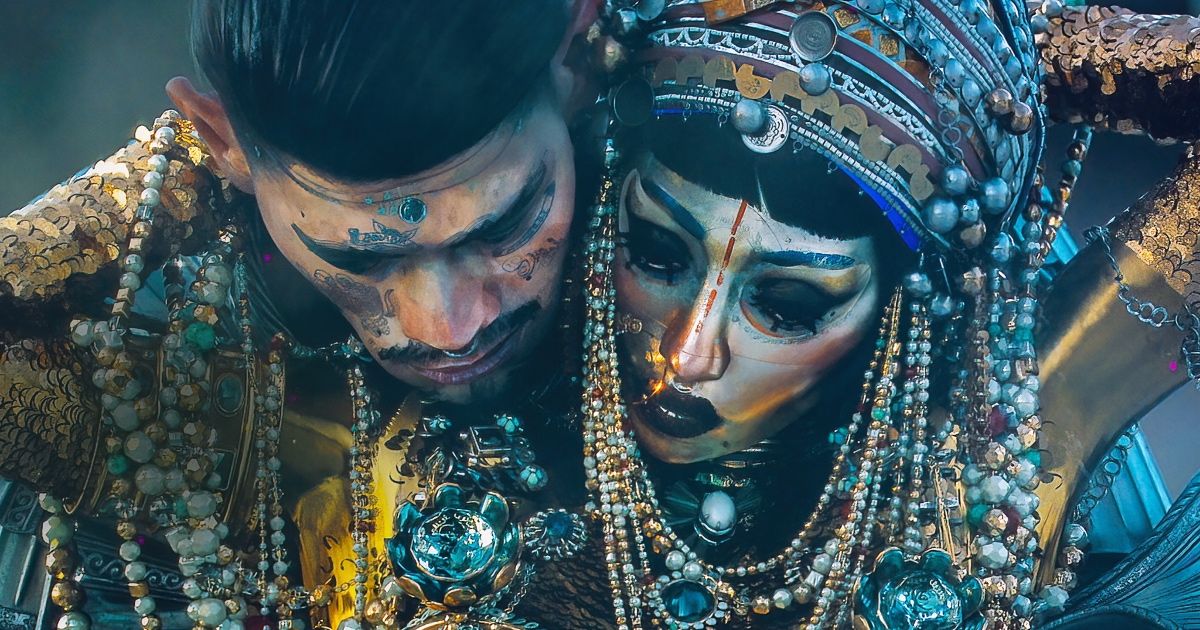
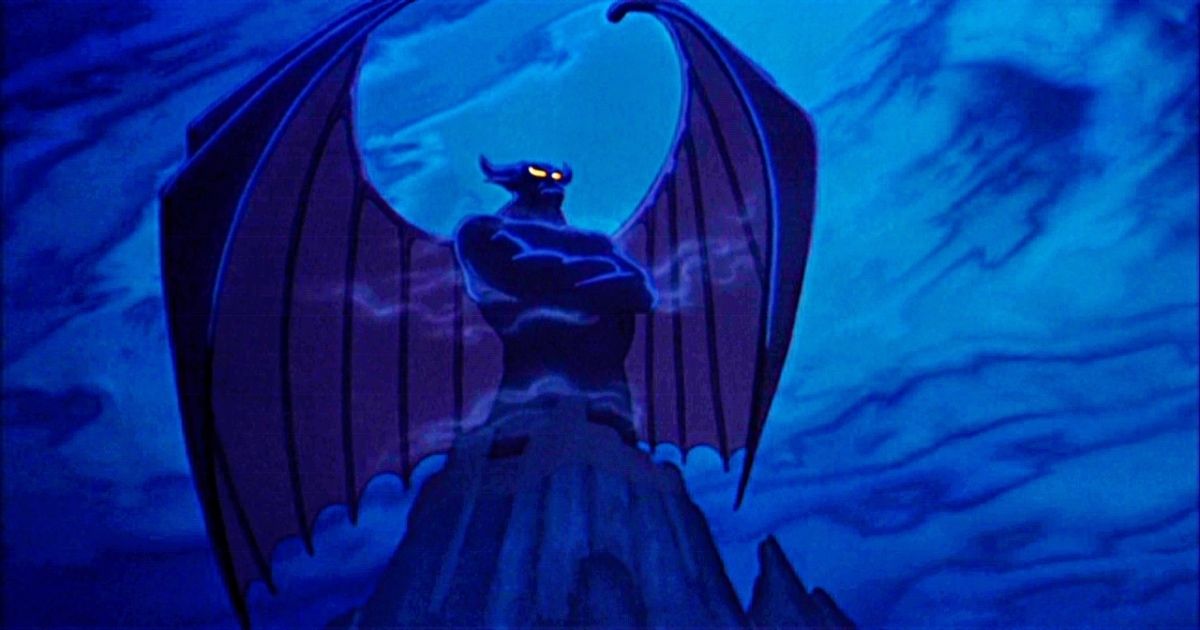
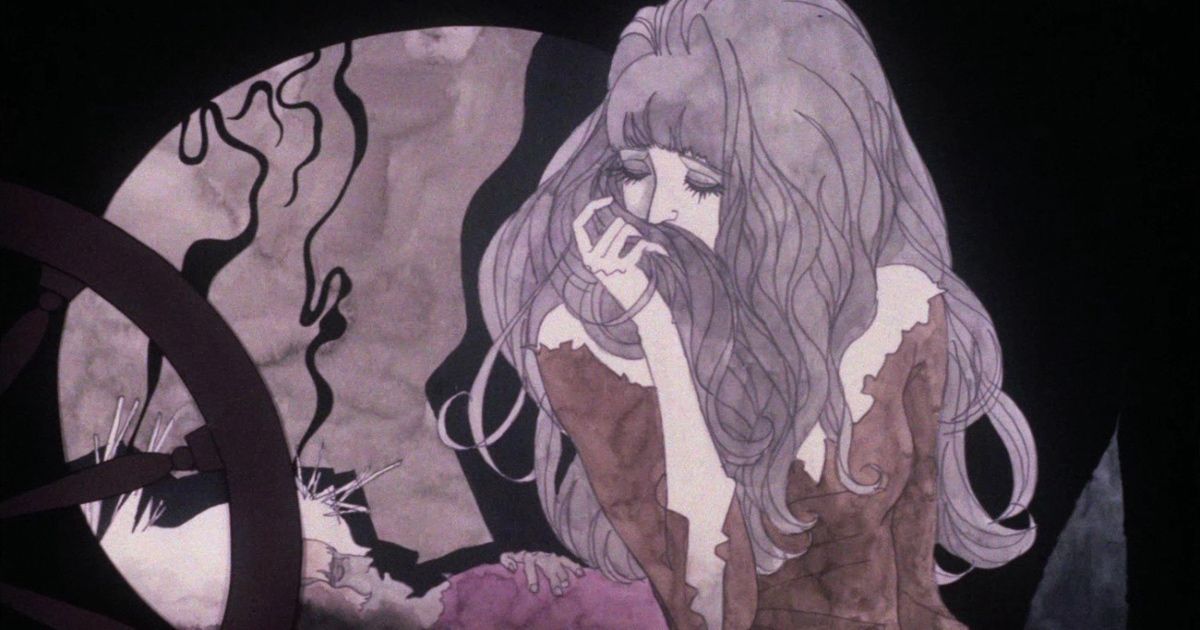

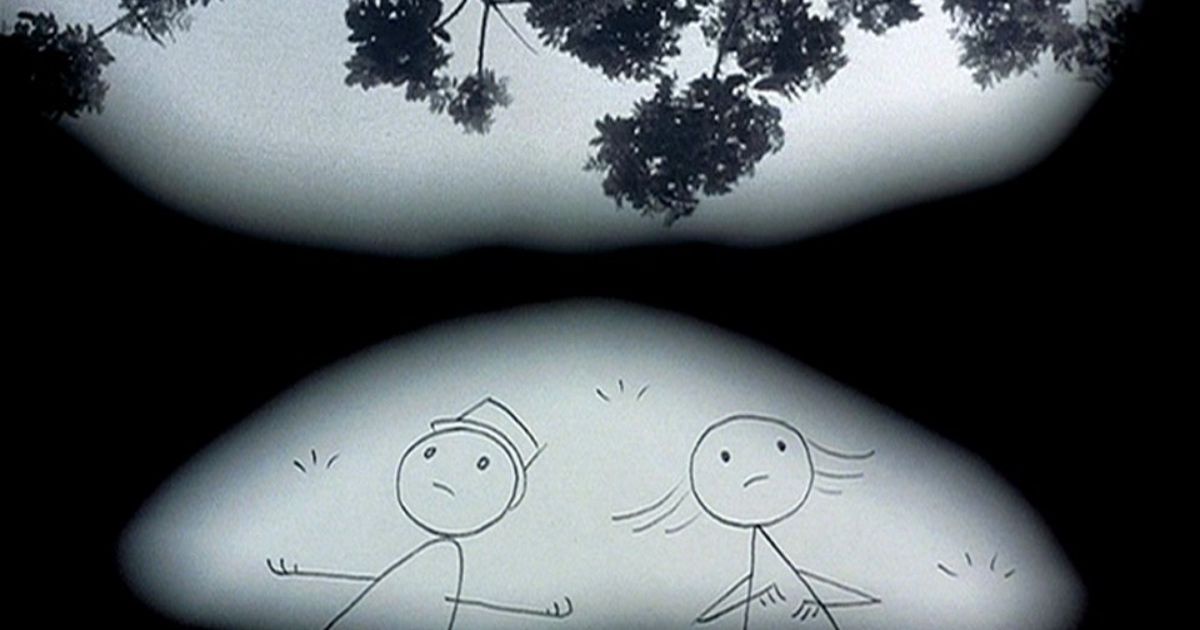
Comments
Post a Comment